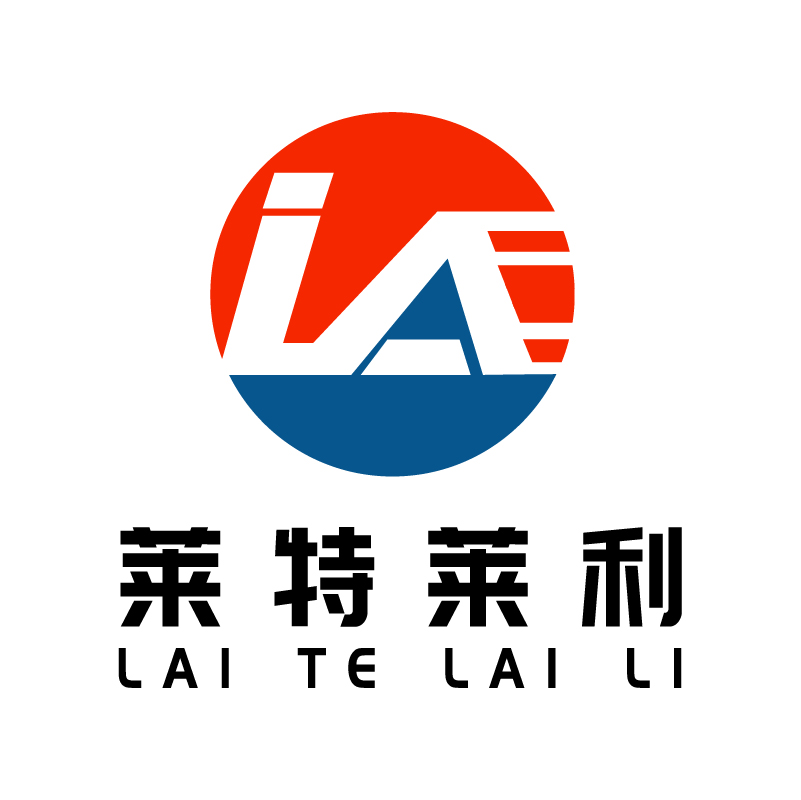What is the difference between thermal synthetic paper and ordinary synthetic paper
The difference between thermal synthetic paper and ordinary synthetic paper is mainly reflected in the following aspects:
1. Material and composition:
Heat-sensitive synthetic paper: Usually consists of a white or colored paper base coated with a special heat-sensitive coating that produces a chemical reaction when heated to produce text or images.
Ordinary synthetic paper: By paper base, plastic film and glue and other substances through high temperature hot pressing composite, does not contain heat-sensitive coating.
Second, printing mode and characteristics:
Thermal synthetic paper: dedicated to thermal printer printing, through the heat should be printed, without the use of ink cartridges and other consumables. The printed text is clear, bright, does not fade, and has a long shelf life thanks to the heat-sensitive coating.
Ordinary synthetic paper: cannot be printed by thermal printer, need to use ink cartridges and other consumables for traditional printing. The printing effect may not be as clear as thermal synthetic paper, and the storage time may be shorter.
Third, durability and scope of application:
Heat-sensitive synthetic paper: waterproof, oil-proof, wear-resistant and other characteristics, very suitable for a variety of harsh environment scenarios, such as outdoor, humid environment. Widely used in all kinds of bills, labels, receipts and other fields.
Ordinary synthetic paper: although it also has a certain water resistance, it is less oil resistant and easy to produce oil stains. It is more suitable for commercial advertising, posters, color prints and other fields, and may not be as durable as thermal sensitive synthetic paper in harsh environments.
In summary, there are significant differences between thermal synthetic paper and ordinary synthetic paper in terms of material, printing method, durability and scope of application. Which paper type to choose should be determined according to the specific application needs and scenarios.


